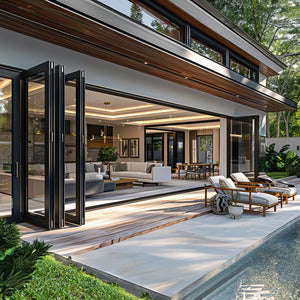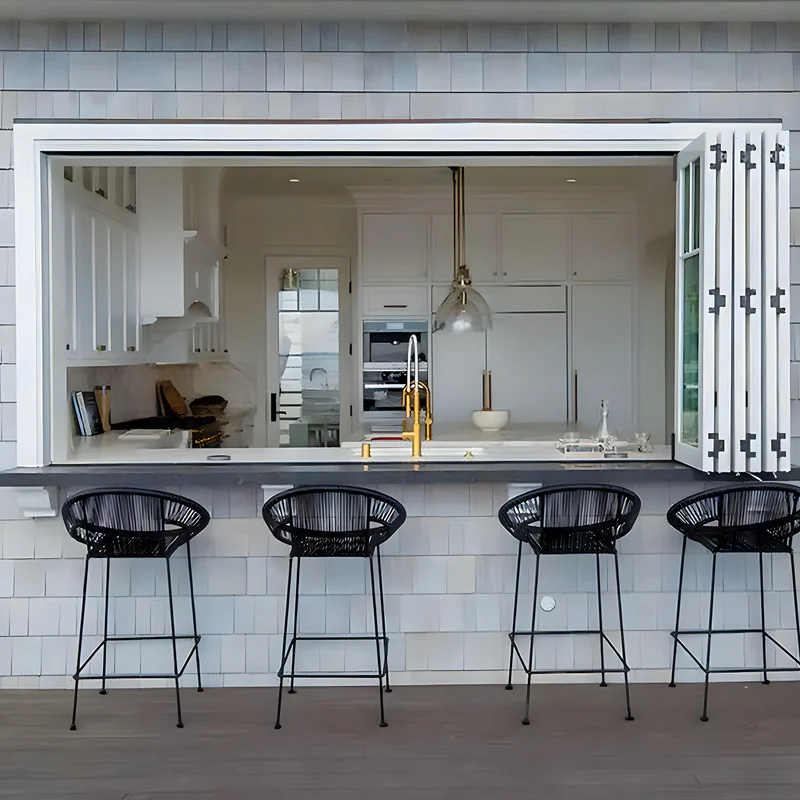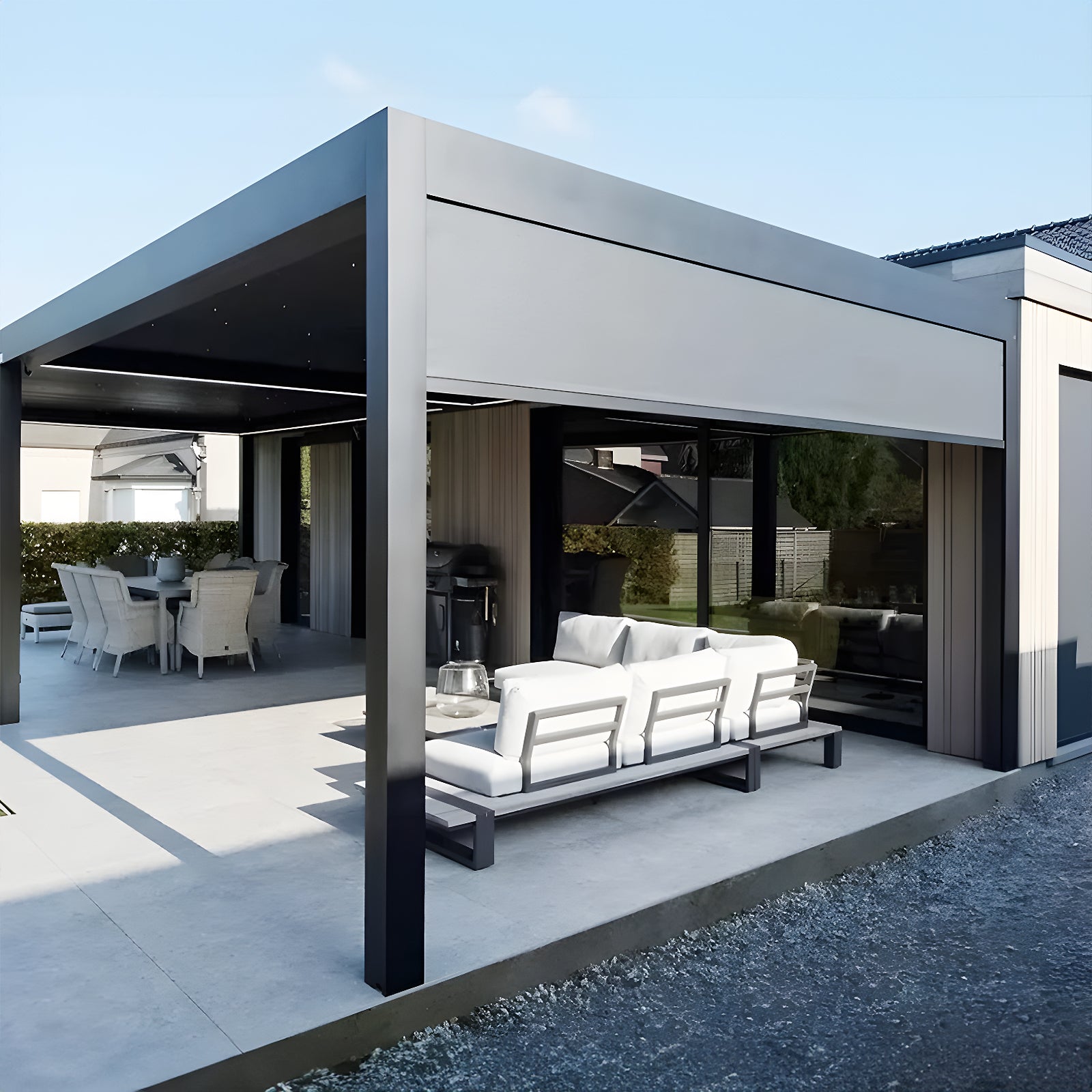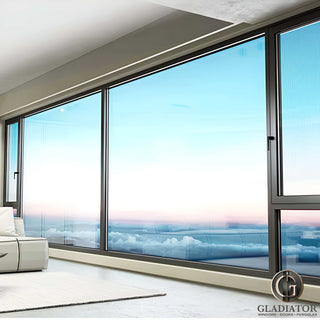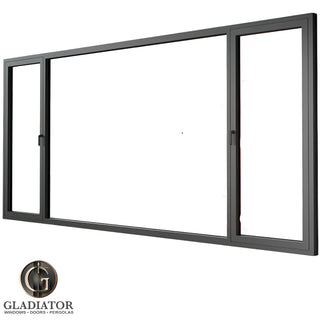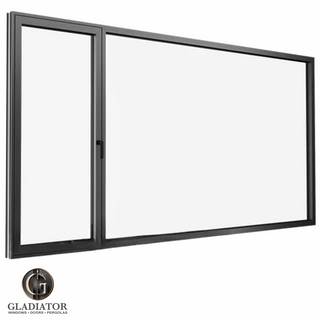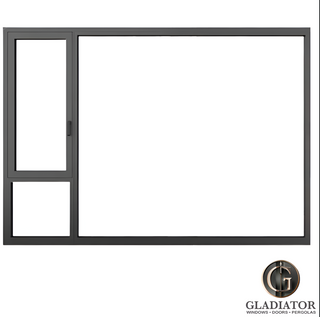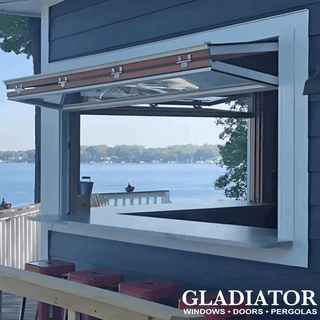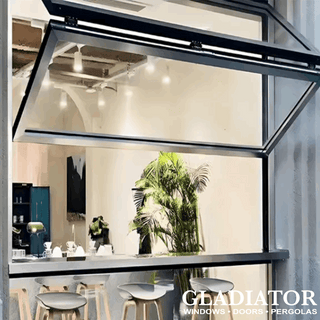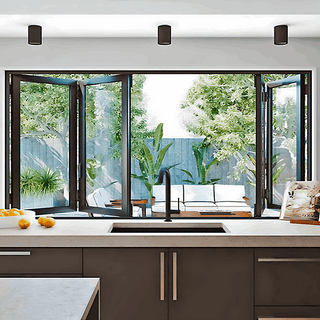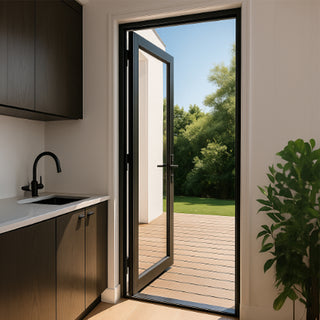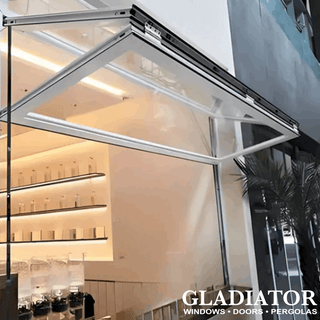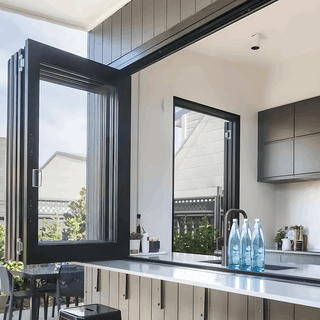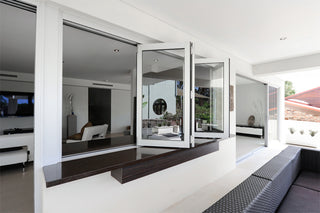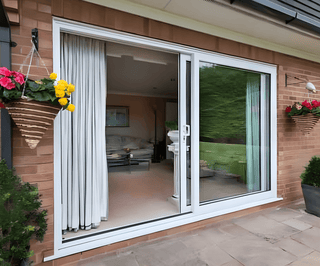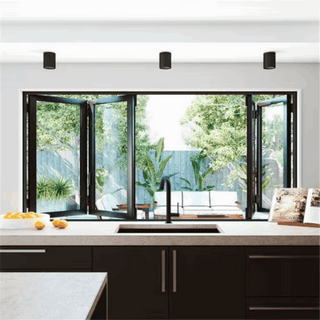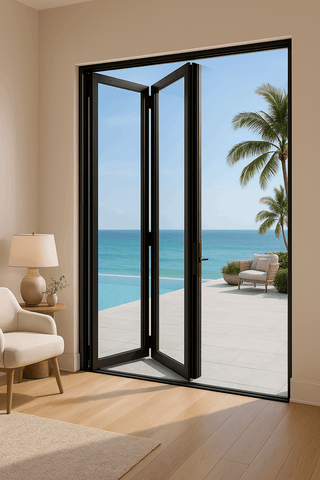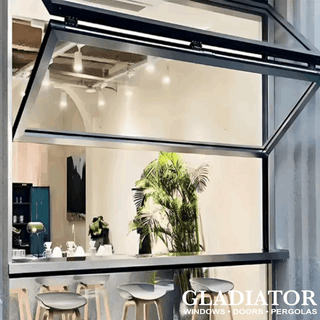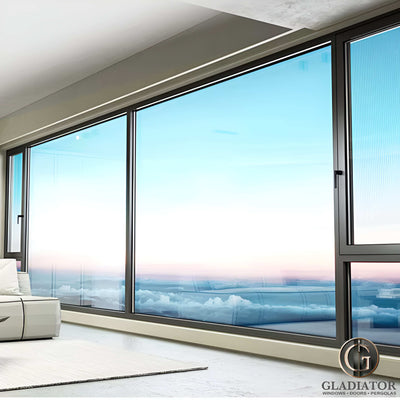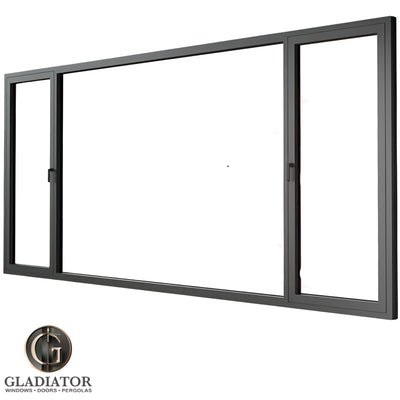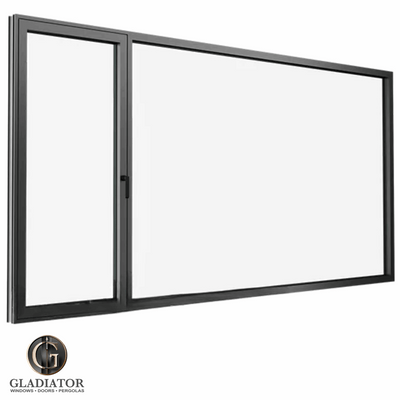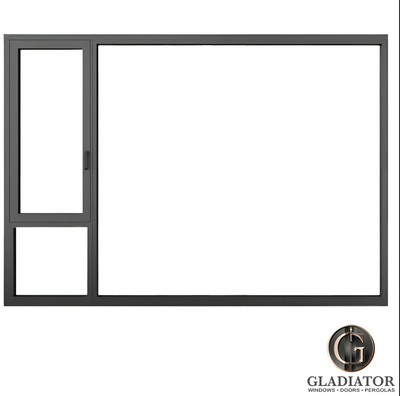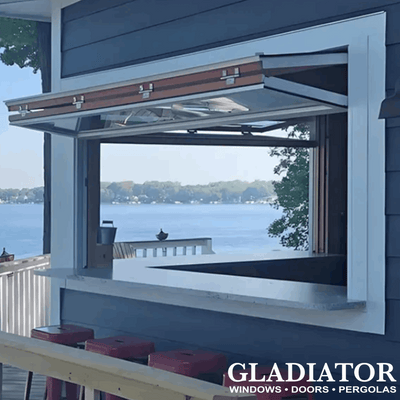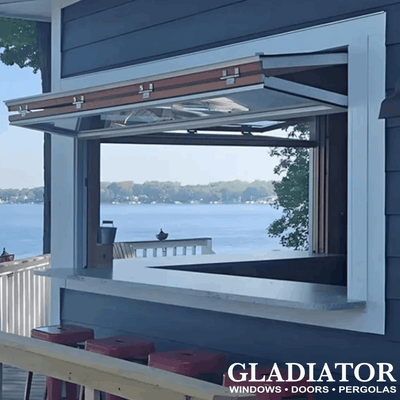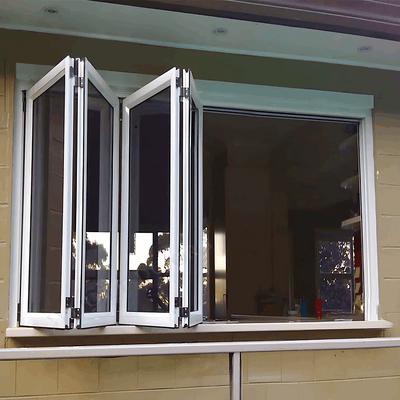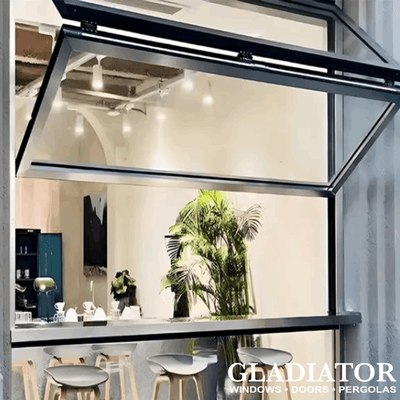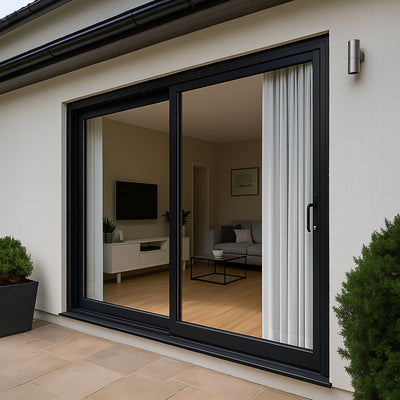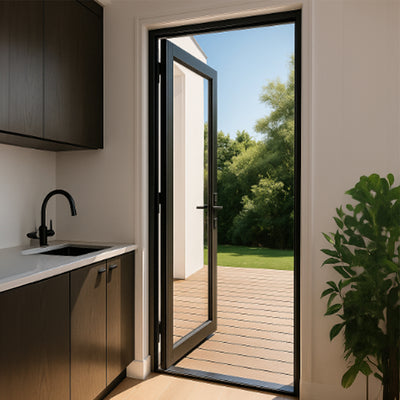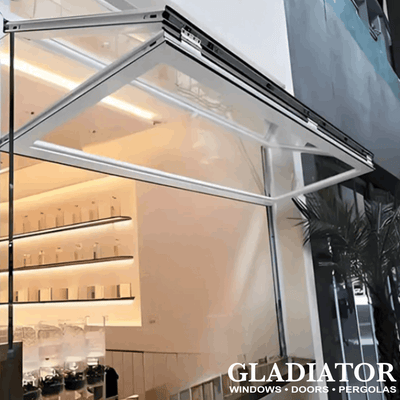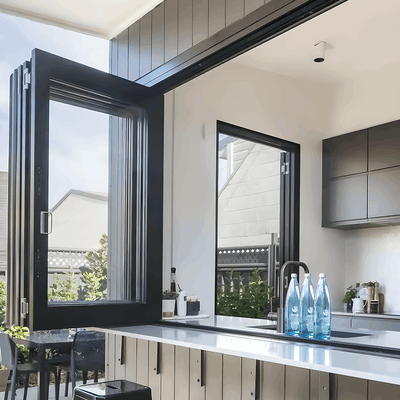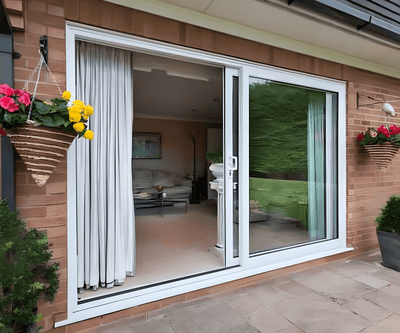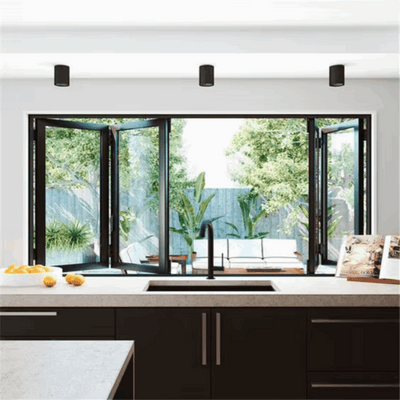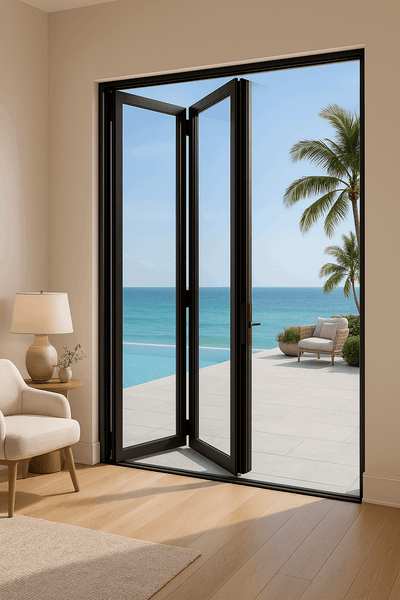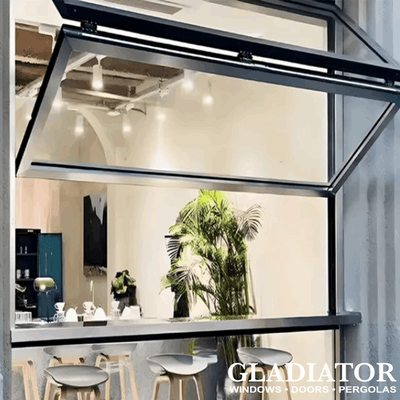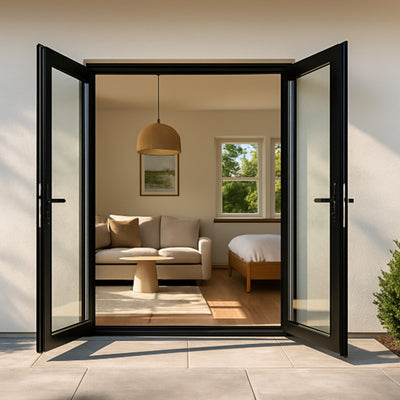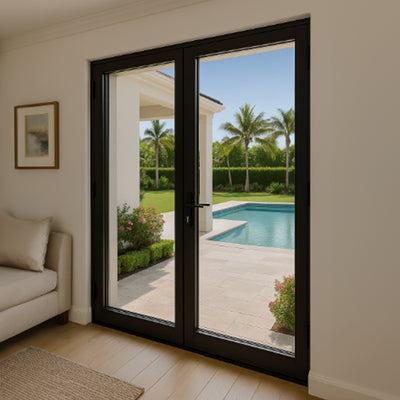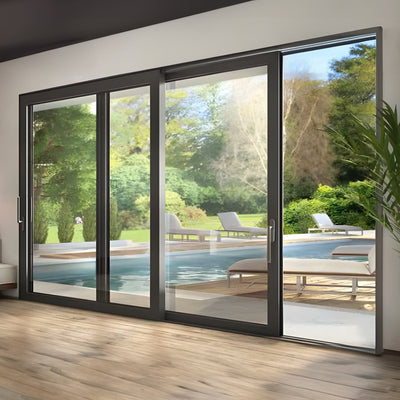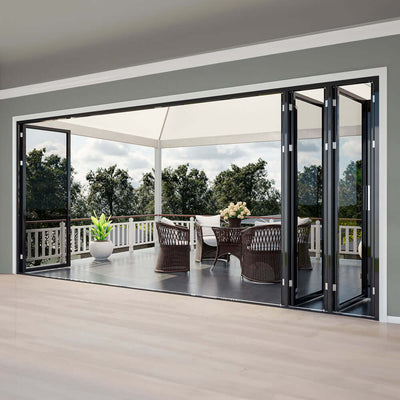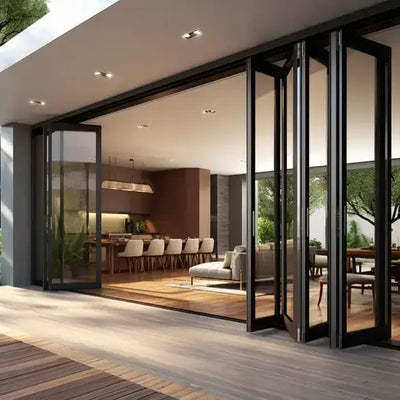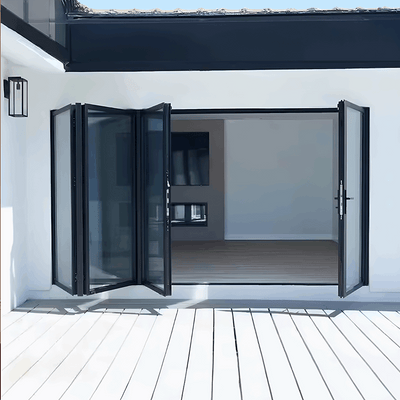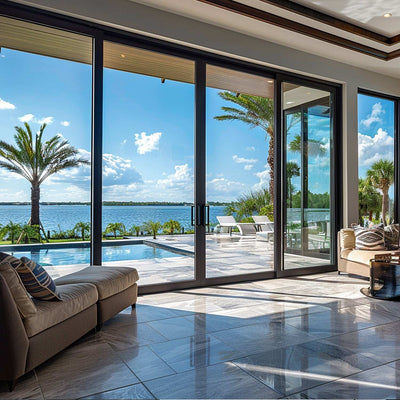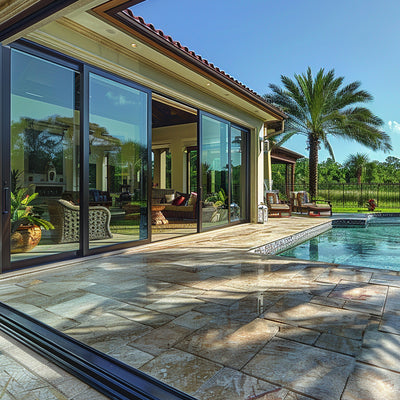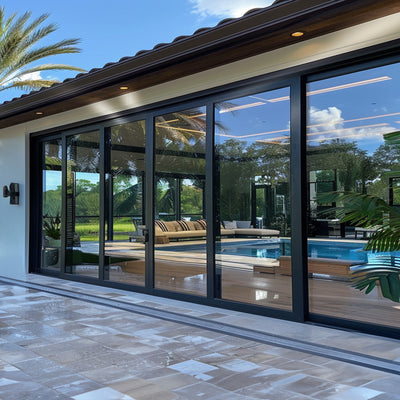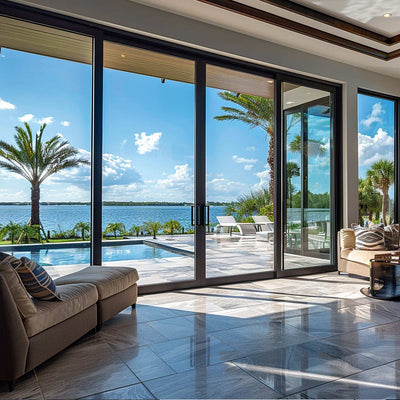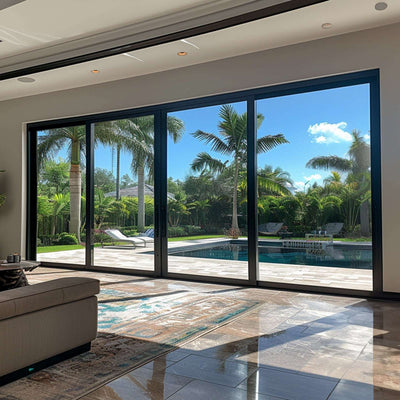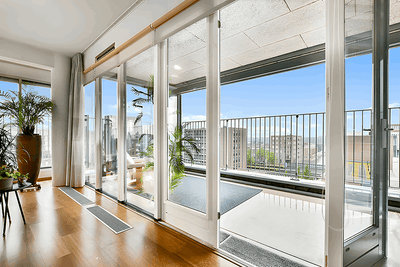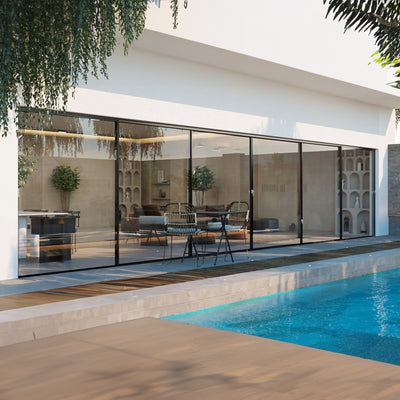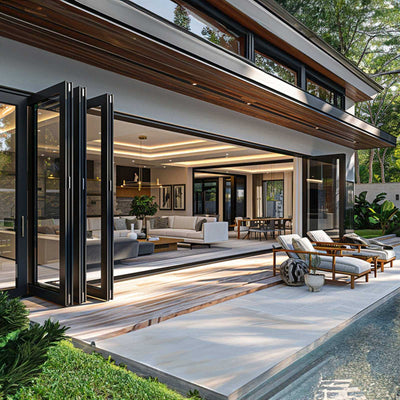The Undeniable Charm of Wooden Bifold Doors
Wooden bifold doors possess a timeless appeal, bringing warmth and elegance to any home. Unlike synthetic alternatives, wood offers inherent qualities that homeowners value. The unique grain patterns of each piece create visual interest, elevating the overall aesthetic. This natural character contributes to a truly inviting and personalized living space.
The Allure of Natural Wood
The charm of wood goes beyond its visual appeal. The warm tones and textures create a sense of comfort and tranquility, making wooden bifold doors ideal for a relaxing atmosphere. The natural variations in the wood grain ensure that each door is unique, adding a touch of individuality to any home.
Performance Beyond Expectations
Wooden bifold doors also offer exceptional performance. They provide excellent insulation against heat and cold, increasing energy efficiency. Wood's natural sound-dampening abilities minimize noise transfer, creating a quieter and more peaceful interior.
Enduring Value and Adaptability
By 2024, the global market for bifold doors reached approximately USD 10.9 billion, driven by their versatility and functionality. Find more detailed statistics here This demonstrates the strong demand for bifold doors in both residential and commercial spaces, highlighting their aesthetic appeal and ability to maximize light and space.
Wooden bifold doors adapt seamlessly to various design trends. Whether your style is classic or contemporary, these doors integrate beautifully into diverse architectural styles, from traditional farmhouses to modern minimalist homes. This adaptability ensures enduring value, often commanding a premium in real estate assessments.
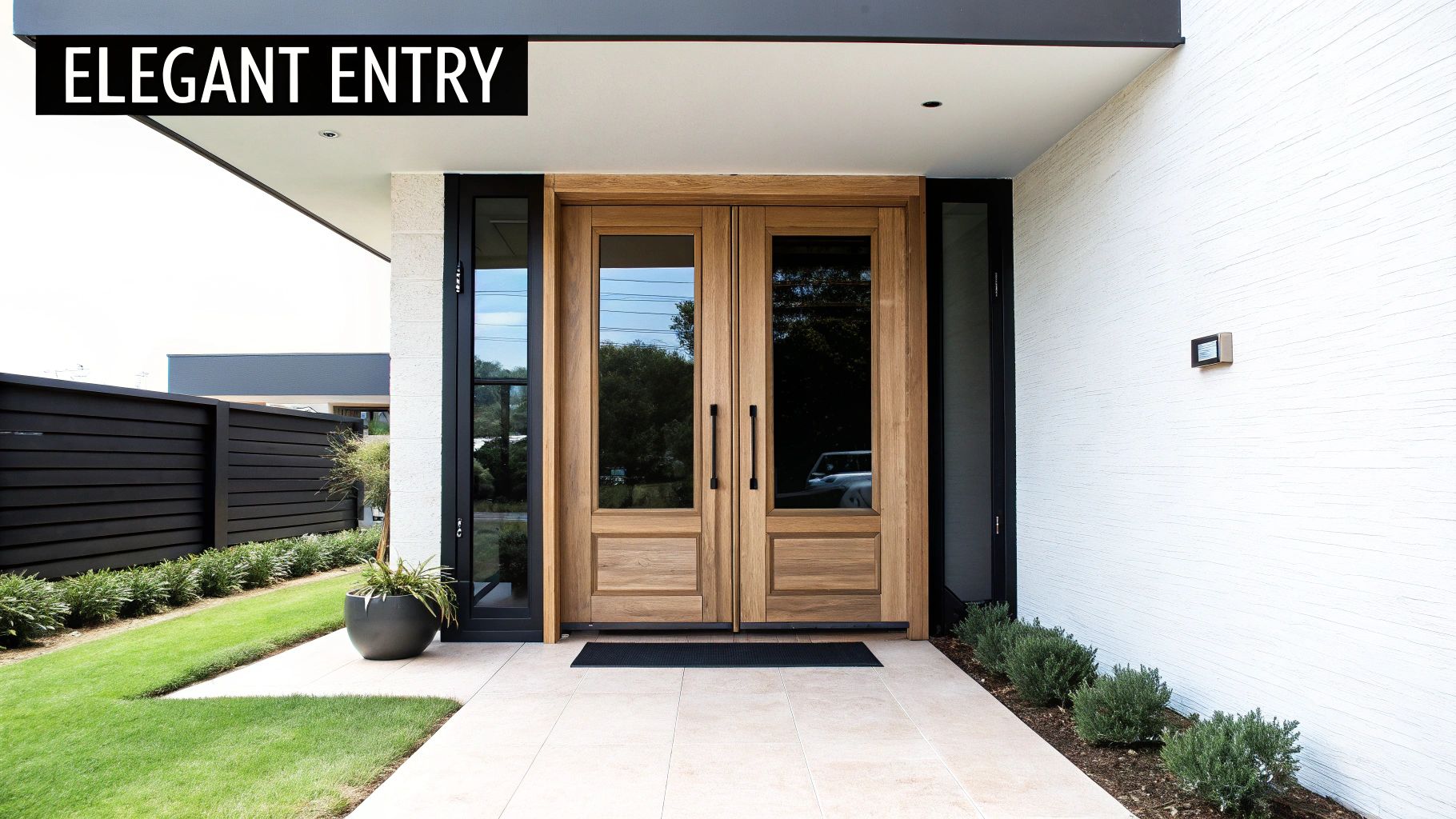
A Wise Investment
Choosing wooden bifold doors is an investment in both aesthetics and functionality. The inherent qualities of wood, combined with its enduring value and adaptability, make these doors a timeless option. They provide a unique blend of beauty, performance, and lasting appeal, enhancing any home.
Selecting the Perfect Wood: Species That Stand the Test of Time
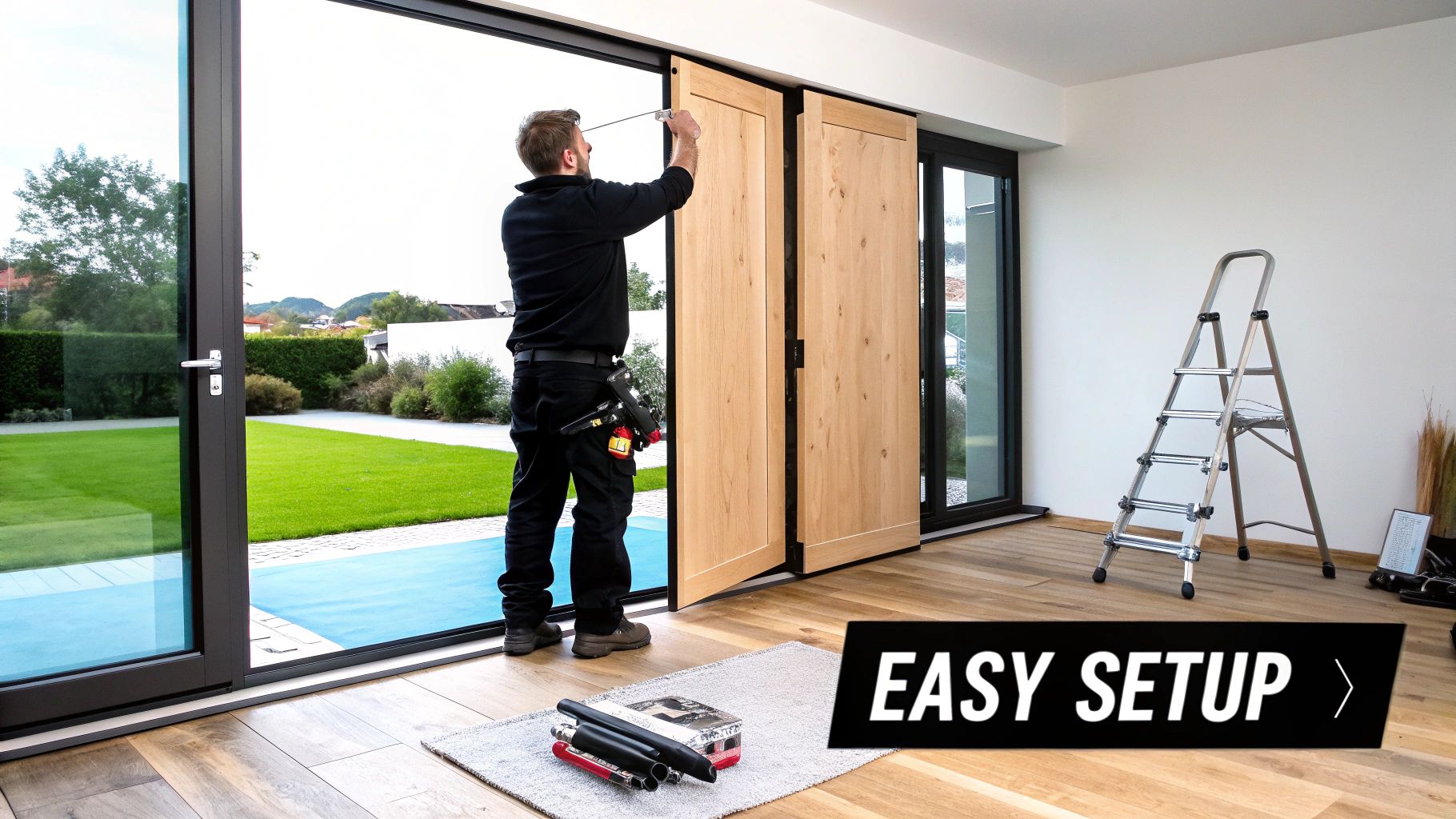
The wood species you choose for your bifold doors significantly impacts their performance, lifespan, and overall look. Understanding the unique qualities of each wood type is essential for a smart decision. This section explores the characteristics of various wood species commonly used in bifold door construction, helping you find the perfect fit for your home.
Considering Durability and Moisture Resistance
When choosing exterior bifold doors, durability and moisture resistance are key. Oak, known for its strength, offers excellent stability and resistance to rot and decay, making it a great choice for exposure to the elements. White oak, with its closed cellular structure, provides even better protection against moisture.
For interior bifold doors, where weather isn't a major concern, walnut is a luxurious option. While not as weather-resistant as oak, walnut offers rich colors and beautiful grain patterns, adding elegance to any room. Keep in mind that walnut is softer and needs careful handling during installation. Another popular choice, particularly for modern designs, is mahogany. This exotic wood displays attractive reddish-brown tones and impressive durability.
Navigating Cost and Sustainability
Cost plays a significant role in selecting bifold door wood. While domestic hardwoods like oak are reasonably priced, exotic woods like mahogany are more expensive. For budget-friendly projects, consider pine. This readily available softwood can be stained to resemble pricier hardwoods. You can learn more about various door options and costs at How to master....
Sustainability is also important for many homeowners. Look for wood certified by the Forest Stewardship Council (FSC), which promotes responsible forest management. Choosing sustainably harvested wood helps protect the environment and ensures the availability of these resources for the future.
Comparing Wood Species
To help you compare, the following table summarizes the key characteristics of common wood species used for bifold doors. It provides a quick overview of durability, moisture resistance, cost, and ideal applications.
Wood Types Comparison for Bifold Doors: A comprehensive comparison of different wood species used in bifold door construction, highlighting their properties, advantages, and ideal applications
| Wood Type | Durability Rating | Moisture Resistance | Cost Range | Best Applications |
|---|---|---|---|---|
| Oak | High | High | Moderate | Exterior & Interior |
| White Oak | High | Very High | Moderate-High | Exterior & Interior |
| Walnut | Moderate | Moderate | High | Interior |
| Mahogany | High | Moderate-High | High | Interior & Exterior (protected) |
| Pine | Moderate | Low | Low | Interior (painted or stained) |
This table highlights the strengths of each wood type, making it easier to choose the best one for your specific needs. Oak and white oak stand out for exterior applications due to their durability and moisture resistance. For interiors, walnut offers luxury, while mahogany provides a balance of beauty and resilience. Pine is a cost-effective choice for interior projects.
By considering durability, moisture resistance, cost, and sustainability, you can choose the right wood for beautiful and long-lasting bifold doors. The next section compares wood to other materials, giving you a complete overview of all available options for your bifold door project.
Wood Vs. Alternative Materials: Making an Informed Choice
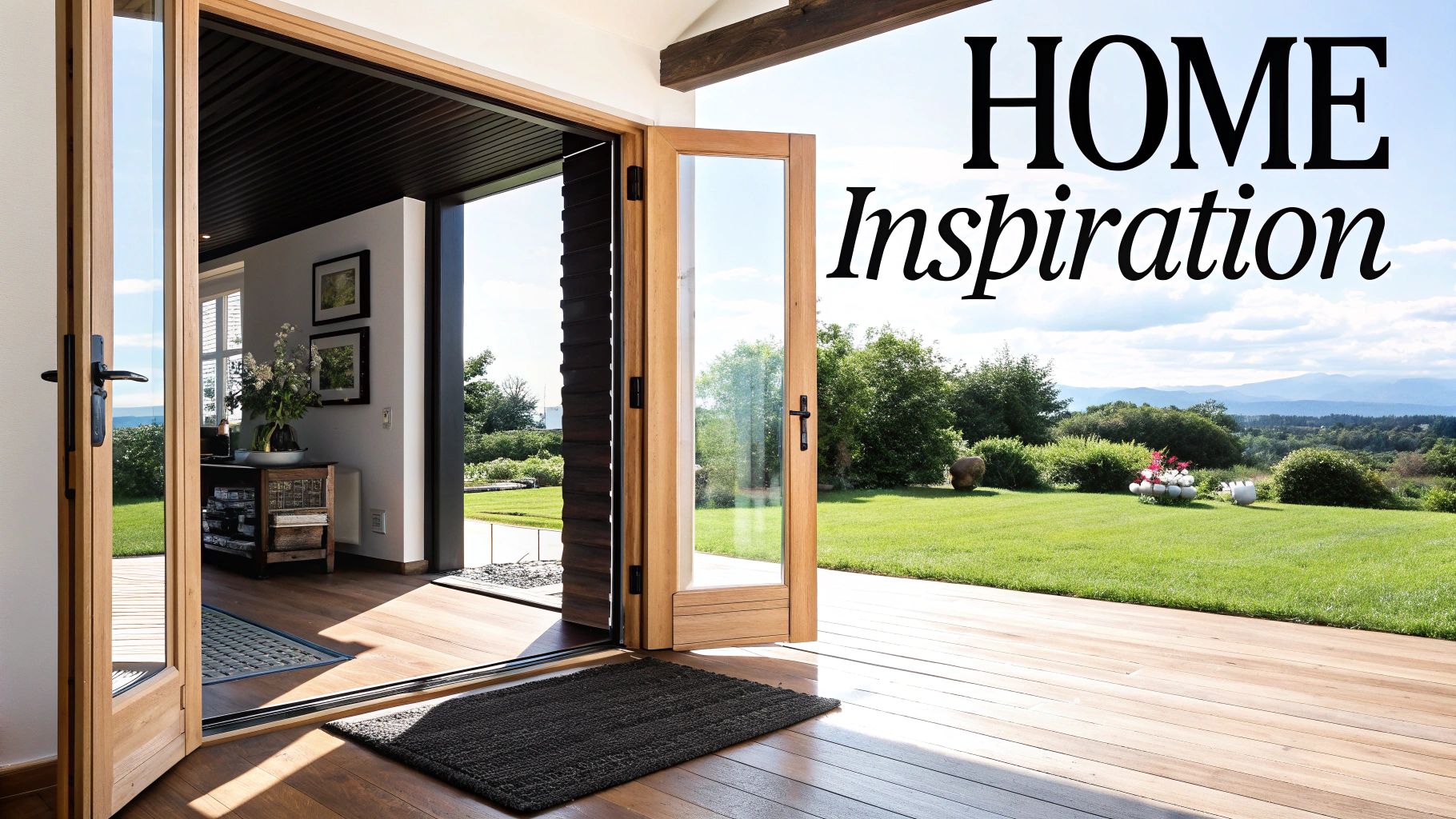
When choosing bifold doors, the material is a key decision. While wood remains a popular choice, it’s important to understand how it compares to other options available on the market. This section explores the pros and cons of various materials, helping you make the best decision for your needs.
Performance in Real-World Applications
Wood bifold doors, especially those made from hardwoods like oak, are prized for their insulating properties. This natural insulation helps regulate indoor temperatures, leading to lower energy costs and increased comfort. However, wood does require regular maintenance to protect it from the elements and preserve its appearance. For more information on wood doors and windows, you can visit Gladiator Window and Doors.
Aluminum offers strength and durability, making it a popular choice for exterior bifold doors. It’s highly resistant to weathering and corrosion, requiring minimal upkeep. However, aluminum isn’t as effective an insulator as wood, which can impact energy efficiency.
Vinyl is a budget-friendly option that provides reasonable insulation. It's resistant to rot, insects, and moisture, making it relatively low-maintenance. However, vinyl can be prone to warping in extreme temperature fluctuations and might not be as robust as wood or aluminum in the long run.
Fiberglass stands out for its high performance, combining strength, durability, and energy efficiency. It resists warping, rotting, and insect damage, offering a long-lasting solution. However, the initial cost of fiberglass bifold doors is typically higher than wood or vinyl options.
Exploring Hybrid and Composite Solutions
Combining the best of different materials, composite solutions offer a blend of benefits. For example, a wood-clad aluminum bifold door provides the warm, natural aesthetic of wood on the interior with the weather resistance of aluminum on the exterior. These hybrid options can address the limitations of single materials, delivering improved performance and longevity.
Material Comparison at a Glance
To help you visualize the key differences between these materials, the following table provides a side-by-side comparison. This table highlights the performance of each material across several crucial factors.
| Material | Aesthetics | Insulation Value | Maintenance | Lifespan | Cost |
|---|---|---|---|---|---|
| Wood | Natural, warm | High | Moderate-High | Long (with proper care) | Moderate-High |
| Aluminum | Modern, sleek | Moderate | Low | Long | High |
| Vinyl | Varies | Moderate | Low | Moderate | Low-Moderate |
| Fiberglass | Varies | High | Low | Long | High |
| Composite | Varies | High | Low | Long | High |
Market Trends and Growth
The growing demand for energy-efficient building materials has significantly contributed to the rising popularity of bifold doors. The global bifold doors market is projected to grow by USD 3.05 billion between 2024 and 2028, with a CAGR of over 5.95%. This expansion is partly driven by the increasing number of multifamily dwellings and the increased use of materials like aluminum. Learn more about this market trend.
By carefully considering these factors – material characteristics, performance benefits, and cost – you can choose the ideal bifold doors for your project. The right choice will enhance your home's beauty, functionality, and value for years to come.
Mastering Wooden Bifold Door Installation
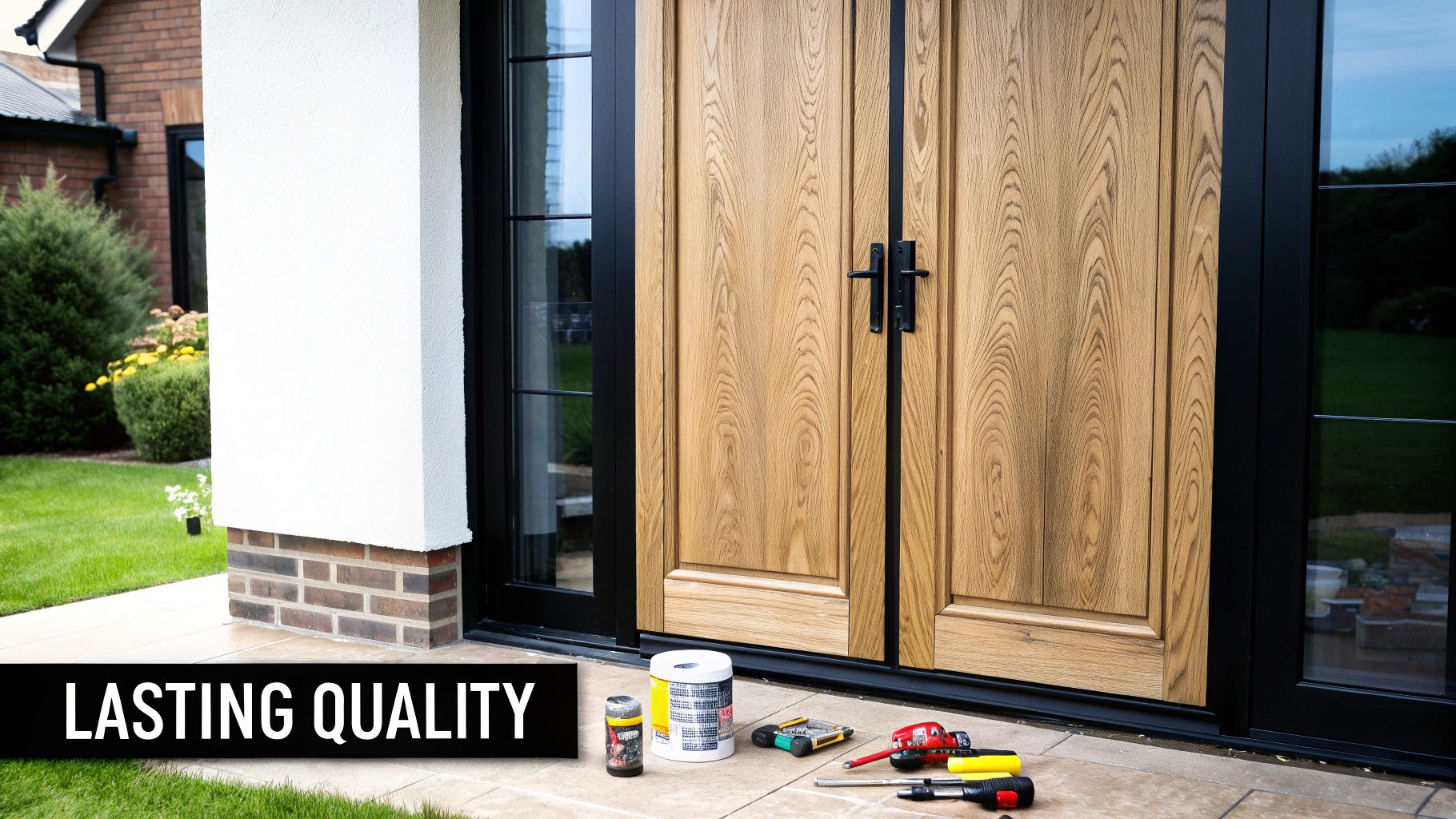
Even the finest bifold doors can underperform if not installed correctly. This guide offers helpful advice to avoid expensive mistakes and get the best performance from your new wooden bifold doors. Proper planning and preparation are essential, starting well before installation begins.
Pre-Installation Assessment: Setting the Stage for Success
A successful installation begins with a comprehensive assessment. This involves checking the structural support. Wooden bifold doors, particularly larger ones, can be quite heavy. Ensuring the frame is strong enough to handle the weight is crucial. For more details about the importance of pre-installation, you may find this helpful: How to master.... Another key factor is floor levelness. Even a minor slope can impact door operation and cause problems later.
Wood Acclimatization: A Crucial Step
Wood is a natural material that reacts to humidity and temperature changes. Acclimatization, allowing the wood to adjust to its new environment, is vital. This process prevents warping and other issues that can arise when wood expands or contracts after installation. It's similar to letting a new piece of furniture adjust to your home's environment before placing it.
Specialized Tools and Techniques: Ensuring Precision
Installing wooden bifold doors often requires specialized tools. A miter saw ensures accurate angle cuts, while a nail gun provides secure fastening. Understanding techniques like accommodating seasonal wood movement and choosing the right hardware is also important for long-term performance. These techniques are often the difference between a professional and a DIY installation.
Professional vs. DIY Installation: Making the Right Choice
While some homeowners enjoy DIY projects, installing wooden bifold doors can be challenging, especially with large or complex designs. Consider the potential cost savings against the risk of mistakes that could damage the doors or affect their operation.
Hiring a professional installer, while potentially more expensive initially, can save money and hassle in the long run. Professionals have the expertise and specialized tools for a precise and efficient installation, maximizing the lifespan and performance of your doors. They also understand how wood behaves, particularly its tendency to expand and contract with humidity changes. This knowledge allows them to use techniques to minimize these effects and ensure smooth door operation year-round.
Preserving Beauty: Essential Care for Wooden Bifold Doors
The beauty of wooden bifold doors lasts well beyond the initial installation. But keeping them looking great and working smoothly requires regular care. This guide offers practical advice and simple routines to protect your investment and maintain the elegance of your doors.
Cleaning: Enhancing Wood's Natural Beauty
Regular cleaning is vital to preserving the rich appearance of your wooden bifold doors. However, it's important to choose the right cleaning products. Harsh chemicals can strip the wood of its natural oils, causing dryness and cracking.
- Mild soap and water: Often the best solution for everyday cleaning.
- Wood-specific cleaners: Opt for cleaners formulated for wood, avoiding harsh chemicals and abrasives.
- Soft cloth: Always use a soft cloth to prevent scratches.
After cleaning, dry the doors completely to prevent moisture buildup. This simple practice maintains the wood's natural shine and prevents damage.
Seasonal Maintenance: Adapting to Changing Conditions
Wood care should adapt to the changing seasons, much like your wardrobe. Seasonal maintenance addresses specific environmental challenges, ensuring your doors stay in excellent condition all year round.
- Spring: Check for any damage from winter weather and make necessary repairs.
- Summer: Clean regularly to remove accumulated dust and pollen.
- Autumn: Apply a protective sealant to prepare for the harsh winter conditions.
- Winter: Minimize the doors' exposure to extreme cold and moisture.
This seasonal approach to care protects your doors throughout the year, preventing expensive repairs in the future. You might find helpful information on door maintenance at How to master....
Protective Finishing: Balancing Appearance and Longevity
Protective finishes are essential for shielding wooden bifold doors from the elements. These finishes not only enhance the natural beauty of the wood, but also provide a layer of defense against UV damage, moisture, and everyday wear and tear.
- Oils: Enhance the wood grain and provide a natural look.
- Varnishes: Create a durable, glossy finish.
- Sealants: Offer protection against moisture and the sun's harmful UV rays.
Choosing the right finish depends on the door's location and your desired aesthetic. An exterior door, for instance, benefits from a durable sealant, while an interior door can showcase the beauty of an oil finish. Interestingly, the growing popularity of bifold doors in both residential and commercial settings has fueled market growth, with North America projected to hold a significant market share by 2037. Explore this topic further.
Early Warning Signs and Intervention Strategies
Recognizing the early signs of potential problems is crucial to preventing major repairs. Regular inspection and prompt action can save you time and money.
- Sticking or Binding: This could indicate warping or problems with the hardware.
- Cracking or Splitting: Address these issues immediately to prevent further damage.
- Fading or Discoloration: Reapplying a protective finish can restore color and protect the wood.
By addressing these issues early on, you can extend the life of your wooden bifold doors and ensure they remain beautiful for years to come.
Design Inspirations: Transforming Spaces With Wooden Bifolds
Wooden bifold doors are more than just entries and exits; they're design elements that can dramatically change a space. They blur the lines between indoors and out, adding personality and style to any home. Let's explore some inspiring design approaches that showcase wooden bifolds.
Floor-to-Ceiling Grandeur: Framing Landscape Views
One of the most impressive uses of wooden bifold doors is in floor-to-ceiling installations. Imagine a wall of glass disappearing, revealing a stunning view. This design creates a seamless flow between inside and outside, bringing the beauty of nature in. Picture a modern living room with floor-to-ceiling oak bifold doors opening onto a patio, expanding the space and creating an open, airy feel.
Room Dividers: Flexible and Multi-Functional Spaces
Wooden bifold doors also excel as room dividers. In open-plan homes, they offer flexibility, allowing you to divide a large area into smaller, more defined spaces as needed. This is perfect for creating a temporary home office, playroom, or guest room. Pine bifold doors, for example, could separate a dining area from a living room, offering privacy while maintaining a sense of connection. For more ideas, check out this resource: How to master...
Aesthetic Effects: From Rustic to Contemporary
The type of wood and finish greatly impacts the overall aesthetic. Rustic farmhouse warmth can be achieved with knotty alder or reclaimed wood, finished with a natural oil. For a sleek, contemporary look, consider walnut or mahogany with a dark stain or a modern painted finish. The finish not only enhances the wood's beauty but also protects it.
Creating Cohesive Spaces: Complementary Design Elements
To really make the most of your wooden bifold doors, think about how they interact with other design elements. Lighting can highlight the wood's texture and color. Flooring can complement or contrast with the doors to create visual interest. Window treatments can also be coordinated for a cohesive look. Sheer curtains can soften the appearance of mahogany bifold doors, while bamboo blinds can complement oak bifolds.
Indoor-Outdoor Transitions: The Signature of Modern Luxury
Indoor-outdoor living is a hallmark of modern luxury homes. Wooden bifold doors are essential for creating these seamless transitions. When selecting doors for indoor-outdoor spaces, weather resistance and durability are crucial. White oak is a great choice for exterior use due to its resistance to moisture and rot. For protected exterior areas or transitional spaces, mahogany offers a beautiful and long-lasting option.
By carefully considering these design ideas, you can transform your home with the beauty and versatility of wooden bifold doors. These doors are more than just architectural features; they're gateways to enhanced living, connecting you with nature, light, and flexible living spaces.
Ready to enhance your home with Gladiator Window and Doors? Explore our selection of custom-made bifold doors, sliding doors, and more at Gladiator Window and Doors and experience the difference quality craftsmanship makes.








